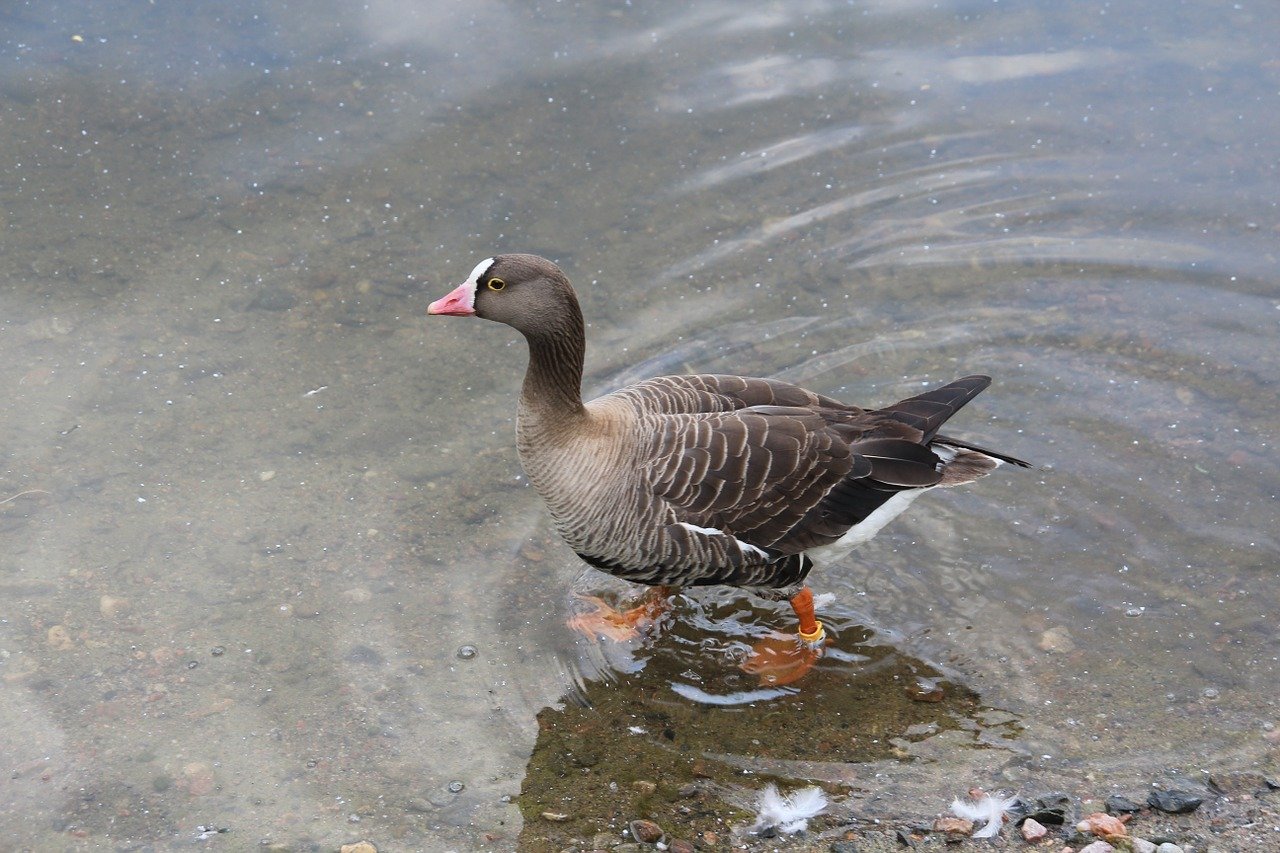Översikt av den historiska utbredningen av fjällgås Anser erythropus i Europa
DOI:
https://doi.org/10.34080/os.v20.22622Nyckelord:
populationsstudier, jakt, hot, naturvård, rastplatser, vinterekologi, flyttningAbstract
The Lesser White-fronted Goose Anser erythropus showed a dramatic decline since the first population estimates of the 1950s. At most wintering sites the species was overlooked until the middle of the 20th century and the migratory routes, staging areas and wintering sites were poorly known. Population modelling under consideration of the official estimates of the size of the total Lesser White-fronted Goose population since the 1950s indicates the possibility that the species population may have reached a level of 250,000–300,000 individuals in the second half of the 19th century, which means that the decline probably started already at the middle of the 19th century. Records from hunting, catching and observations in wintering and staging areas indicate that Lesser White-fronted Geese not only migrated over western Siberia and eastern Europe but also over western Europe. Because hunting is still one of the major threats, the species can only be saved from extinction if the key sites are protected and hunting of all goose species is banned in all staging areas of the species.
Nedladdningar

Downloads
Publicerad
Referera så här
Nummer
Sektion
Licens
Copyright (c) 2010 Johan H Mooji

Det här verket är licensierat under en Creative Commons Erkännande 4.0 Internationell-licens.
Författaren/författarna innehar copyright för varje enskilt bidrag, men samtliga bidrag är publicerade under en Creative Commons-licens, så att vem som helst kan dela och återanvända bidraget förutsatt att copyright-innehavaren erkänns.







